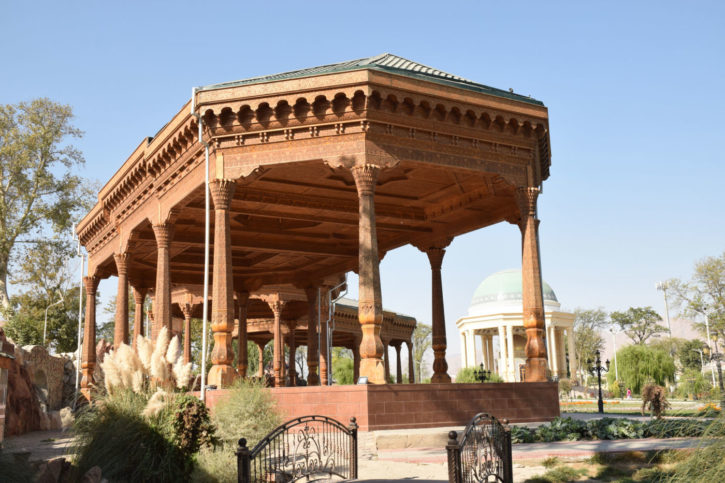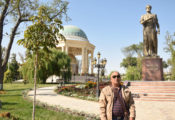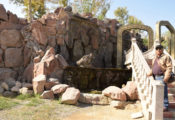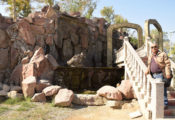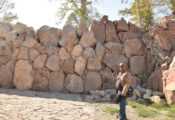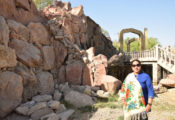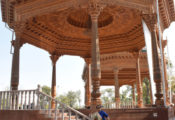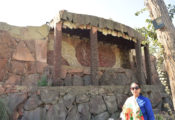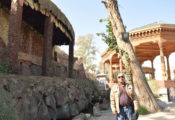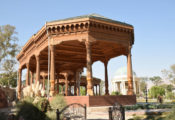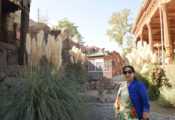Throughout the whole history of Khujand, the city’s heart was its castle. Over 2,500 years, the Khujand fortress expanded together with the city, was destroyed by the conquerors, rebuilt anew, but always continued to be a symbol of endurance of the people.
Archaeological excavations have revealed that the first fortress was built in the 11-10 centuries BC, and consisted of an artificial embankment gradually developed into a thick wall of natural clay. Moreover, in addition to the fortress there was a city wall occupying 20 hectares. Along the walls there were deep moats filled with water.
During the heyday of the Great Silk Road Khujand fortress was rebuilt and the city wall as well. However, the city was growing even more, and was divided into three parts: the citadel, and rabad shahristan. By that particular time, the Khujand fortress was considered one of the most inaccessible fortresses in Central Asia.
However, the fortress was fated to fall under the onslaught of the Genghis Khan’s army. In the period from 1219 to 1220 Khujand was under a siege, the number of invaders, at that, exceeded 25,000,000 people, excluding 50,000 captives, intended for work. Timurmalik, who led the defense of the fortress, could not offer resistance to the Mongol fleets and the city surrendered. The fortress was completely destroyed, and the siege of Khujand has become one of the biggest events in the history of Tajikistan.

